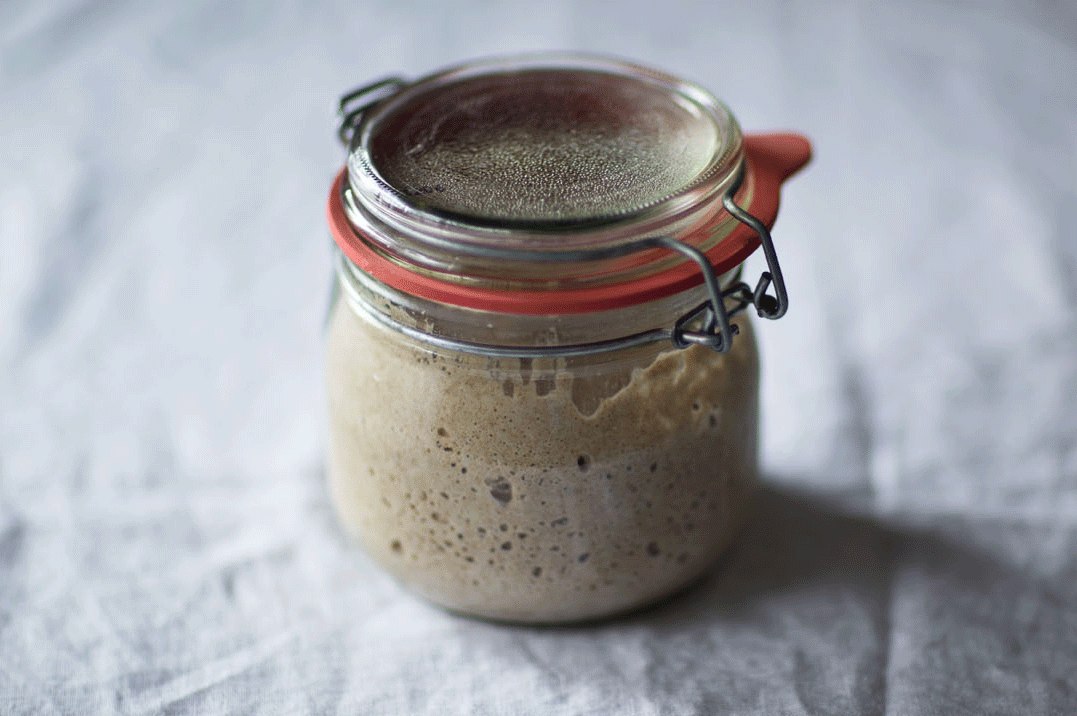
Bread Lines, the quarterly newsletter of the Bread Baker’s Guild of America (BBGA) recently published my article on rye chemistry, including a formula for Russian Lyubitelski Rye.
You can download it here.

Bread Lines, the quarterly newsletter of the Bread Baker’s Guild of America (BBGA) recently published my article on rye chemistry, including a formula for Russian Lyubitelski Rye.
You can download it here.
Henrik
July 12, 2016Excellent article. Very helpful. I’ve been trying to produce an acidic rye leaven with good leavening power, but have been using a hydration of 100-130% with temperatures around 15º-20ºC. From what you say, this would be too cool and probably too wet. Is the solution an Opara as you used it in the Lyubitelsky Rye (and others) or would two separate sponges be a better method: one sponge at 100% hydration at 32ºC?
Stanley Ginsberg
July 13, 2016I would be use a single sponge hydrated at 100% and then ripened for 18-24 hours at 35C. Since the leavening power will be relatively low, I suggest adding 0.50-0.75% instant yeast to your final dough.
Mark Woodward
August 1, 2016I made this bread a few days ago and it is superb. I used freshly ground whole rye instead of the medium rye flour (the whole wheat was also freshly milled). My Brod and Taylor proofing box doesn’t go as high as 150°F so the scald was fermented at 120°F; to my surprise when I removed the scald in the morning it was 155°. This is definitely a bread to make again. Thanks for sharing the formula.
Deby Wine
April 17, 2017Mark Since you made this bread I would be so appreciative if you would help me..I am searching for a nice loaf rye recipe. Please send me email …deby_wine@hotmail.com thank you so much…
Sean
September 28, 2017Stanley Ginsberg, are you letting the sourdough ferment anaerobically sealed in the jar in the picture or is that just for transit?
Thanks for the book. It is one of our favorites.
Stanley Ginsberg
September 28, 2017My standard practice is to ferment my sponges anaerobically. And you’re welcome. I’m glad you like the book!
Sean
September 28, 2017Thanks for the reply